Variegated hibiscus: growing conditions and breeding methods
The hibiscus is best known as the Chinese rose. Plant growing both at home and in the garden. This plant is not only beautiful, but also very useful.
Content:
- Description of the plant and its beneficial properties
- Growing conditions and rules for caring for variegated hibiscus
Description of the plant and its beneficial properties
Hibiscus came to our country from the East, it is there that it is used as a medicinal product. In our country, hibiscus is grown more as an ornamental plant. The drink known to many "hibiscus" is made from the leaves. chinese rose.
It is contraindicated to use hibiscus for people with gastritis, stomach ulcers, and you should also not use hibiscus in hibiscus or any other form for children under 1 year old.
The Chinese rose has the following healing properties:
- Diuretic.
- Anticonvulsant.
- Bactericidal.
- Choleretic.
- Hemostatic.
- Stopping the development of tumors and boils.
- Laxative.
- Cleansing from toxins.
There are several types of hibiscus that are common in home cultivation:
- Syrian.
- Dissected petals.
- Triplet.
- Drummond.
- Volatile.
- Chinese.
Variegated hibiscus has a large number of varieties, each of which differs in the color of the petals and the shape of the flower.
One plant may contain leaves of various shades, some are completely green and some have red, white and yellow tints. Almost the entire leaf area is covered with patterns.
It is easy to shape hibiscus, it responds well to pruning and in the spring, during the period of active growth, it begins to branch well. Flowering begins in the first year of the plant's life. Provide correct growing conditions and care, then you can achieve round-the-clock flowering of hibiscus. Even in the cold season, it abundantly produces buds.
Features of hibiscus:
- The largest leaves grow up to 15 cm in length and 6.5 in width. Hibiscus can have both large and small leaves.
- The petals of variegated hibiscus are bright red in color. The plant is suitable not only for indoor conditions, but also for winter gardens.
- Each flower of variegated hibiscus lives only one or two days. But the flowers are constantly replaced by one another, so the effect of constant flowering arises.
At home, hibiscus helps purify and improve the air.
The flowers of other species can be yellow, purple, violet, red, pink, with a double or glossy surface. The eyes are also attracted by the multiple golden stamens, which are combined into one long tube.
Growing conditions and rules for caring for variegated hibiscus
Best of all, hibiscus develops and blooms in well lit places... If there is a lack of light, the plant will not die, but it will not grow so actively and not bloom so luxuriantly. Already in March, an abundant flowering period begins, which lasts until late autumn, and in rare cases lasts the whole year.
Blossoming can be carried out on northern windows, but eastern or western windows are best suited. The air temperature in the room should fluctuate between 20-25 degrees, in winter it should not fall below 13 degrees.If direct sunlight falls on the leaves, then it is better to shade the plant or take it to the garden or to the balcony. The hibiscus needs to be gradually taught to the sun by hardening it, allowing the sun to hit the sun for only a few hours at first.
Watering the plant:
- Watering is provided abundant during active growth and moderate during winter.
- The plant does not tolerate either drying out of the earth or waterlogging.
- The soil should be slightly damp.
- In order for the plant to constantly receive the amount of moisture it needs, it is mulched. If excess water has formed in the pan, then it is drained.
- Hibiscus responds well to a cool shower, which not only cleans the leaves of pollution, but also prevents certain diseases.
- The topsoil is sometimes loosened, this is done after watering.
Flower buds in winter are normally laid at a temperature of 15 degrees. Some species, such as the Syrian hibiscus, can tolerate lower temperatures. If the temperature in the room is high in winter and the air is dry, then spraying with hibiscus leaves is recommended.
In spring, hibiscus is transplanted into a larger pot, before transplanting, circumcision is done (to form a bush or for more branching shoots). Cuttings that remain during pruning can be rooted.
Hibiscus is transplanted into the ground, which is prepared according to the following scheme: 2 parts of sod land and one at a time parts of humus, peat land and sand. Pieces of charcoal are added to the soil. Adult plants are no longer transplanted, they only change the top layer of the earth to renew the soil.
Placing hibiscus in cold soil is also a mistake. Because of this, the roots of the plant can dry out.
A hibiscus bush can live up to 20 years. Fertilizer is applied mineral and complex, a special top dressing for flowering indoor plants is selected, it is applied once every three weeks during the period of active growth. Every amateur florist will cope with the reproduction of hibiscus.
Several methods are used:
- Stemlevoy.
- Green cuttings.
- Semi-lignified cuttings.
Optimal for breeding period: February, early spring, mid-summer, August. Cuttings can be rooted in water or a peat and sand substrate. For successful rooting, the cutting is covered with plastic wrap or glass. In three weeks, the roots will appear.
Most often, hibiscus is infested with spider mites, aphids or whiteflies.
The plant can shed flowers if it survives stress, such as an abrupt change in growing conditions. But the peculiarity of hibiscus is its quick ability to recover under favorable conditions. Following the simple growing rules, you can get an exotic plant at home.
More information can be found in the video.



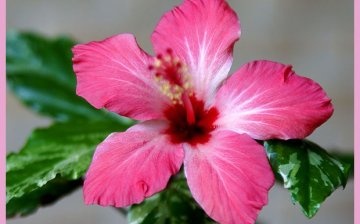
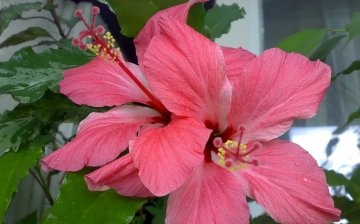
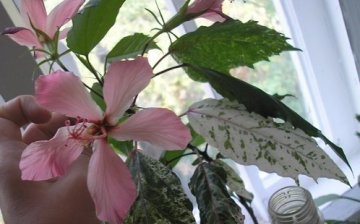
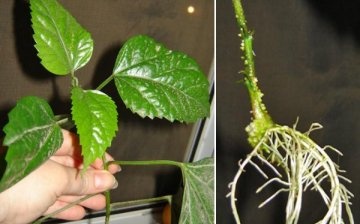




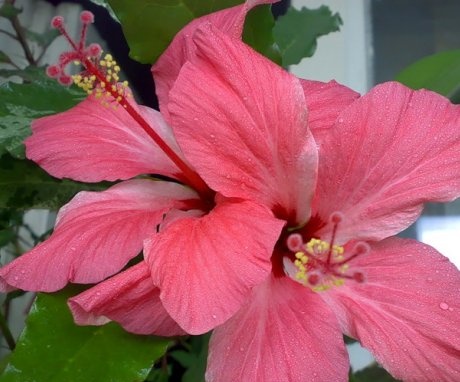
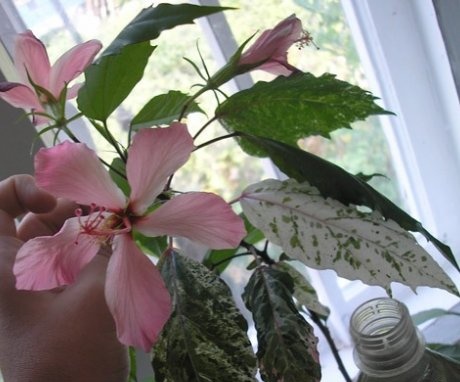
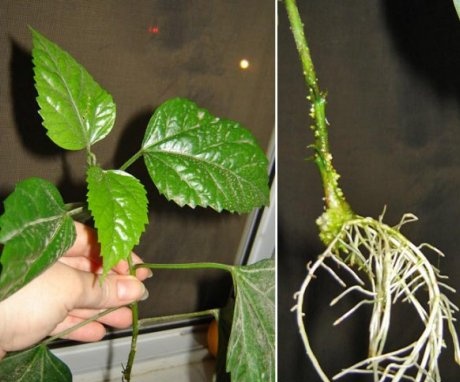
I have two types of Hibiscus growing at home: a red common flower and a pink full flower. They love moderate watering and diffused light.